Cane Corso 101: The Essential Guide
| Origin | Italy |
| Size | Large |
| Height | 23.5 to 27.5 inches |
| Weight | 88 to 110 pounds or proportionate to height |
| Life Expectancy | 9 – 12 years |
| Breed Group | Working Group |
| Affection Level | ⭐⭐⭐ |
| Friendliness | ⭐ |
| Activity Level | ⭐⭐ |
| Barking/Howling Level | ⭐⭐ |
| Pet Friendly | ⭐⭐ |
| Kid-Friendly | ⭐ |
| Shedding | ⭐⭐ |
| Easy to Groom | ⭐⭐⭐ |
| Easy to Train | ⭐⭐⭐ |
Table of Contents
Origin
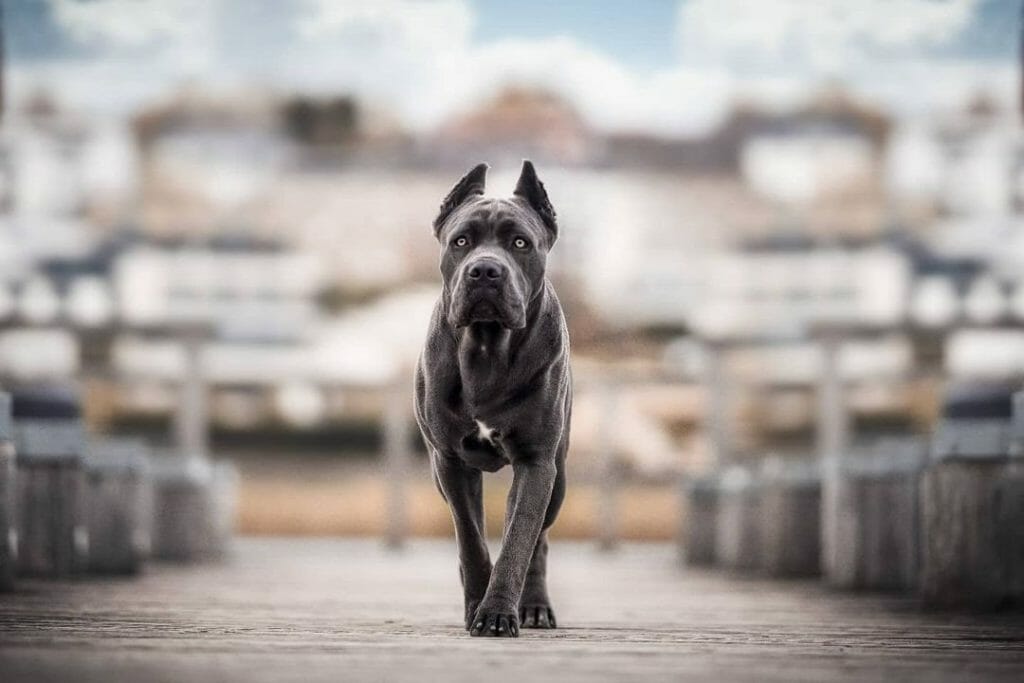

Although we tend to think that the Cane Corso started to exist in Ancient Rome, his history goes beyond that. Due to his incredibly massive size, many experts believe that the Cane Corso is among the Molossers that have descended from the now-extinct Molossus dog. When this canine came to England, he was then bred with other English fighting dogs. Later on, the Cane Corso fell under the category of Pugnaces Britanniae which is a group of dogs used to attack wild animals.
More information about the background of the Cane Corso is commonly known these days. He was widely used as a companion dog that would fight alongside the roman soldiers, hunt boars and other animals, as well as guard farms, properties, and homes. Just like most dog breeds, the Cane Corso also experienced his fair share of crises during the two world wars. Fortunately, the breed thrived back in Italy around the 1970s.
It took him almost 10 years before he finally got into American soil. Furthermore, the Cane Corso’s name means “estate guard” in Latin. However, some believe that it roughly translates to “coursing dog” which refers to the practice of going after prey using sight rather than smell.
Appearance
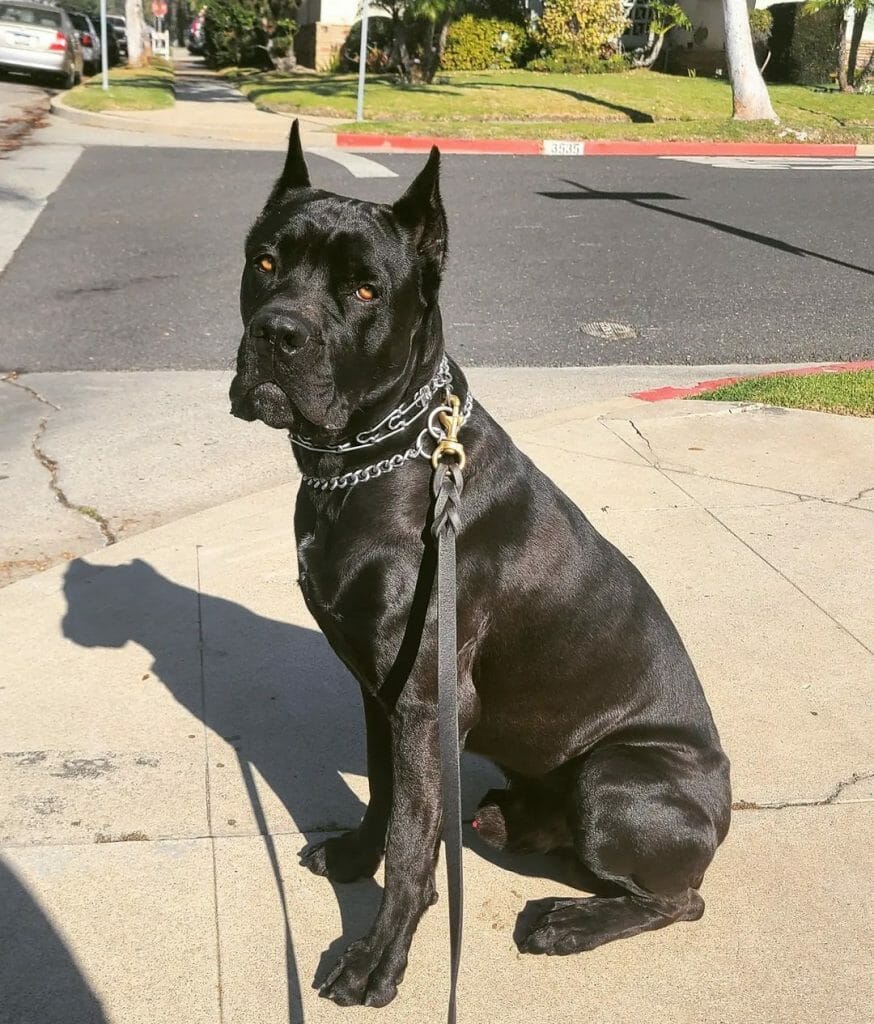

You cannot mistake the Cane Corso’s appearance as weak or fragile. What you see would give you enough of an impression that can intimidate or threaten anyone. He is solidly built, powerful, muscular, and sizable! Generally, his head can be described as very large and broad. It is then complemented by a rectangular-shaped body with a tail that is usually docked to the fourth vertebrae. This is a working dog and removing the most part of the tail will keep him from getting injuries whilst doing tasks.
Additionally, the muzzle of the Cane Corso is wide, deep, and broad. At times, some of them have loose lips which makes them prone to drooling. Meanwhile, the broad and sturdy chest is a bit arched.
As for the coat, it is ideally straight and short. It should not be too high on density and must have guard hairs and an undercoat. There are a plethora of coat colors for the Cane Corso and the most common of it all is black. Below are the other selections you can choose from:
- Fawn
- Red
- Gray
Temperament
First impressions are good in some ways, but sometimes, we might be drawn to wrong conclusions. The same is true with the Cane Corso. Appearance-wise, we mostly see him as dangerous, powerful, and a dog suitable only for a selected few. What most of us fail to realize is that there is more to him than his prominent qualities. This is why we often end up getting surprised about seeing him in family homes.
Let’s get to know him further below!
Affection
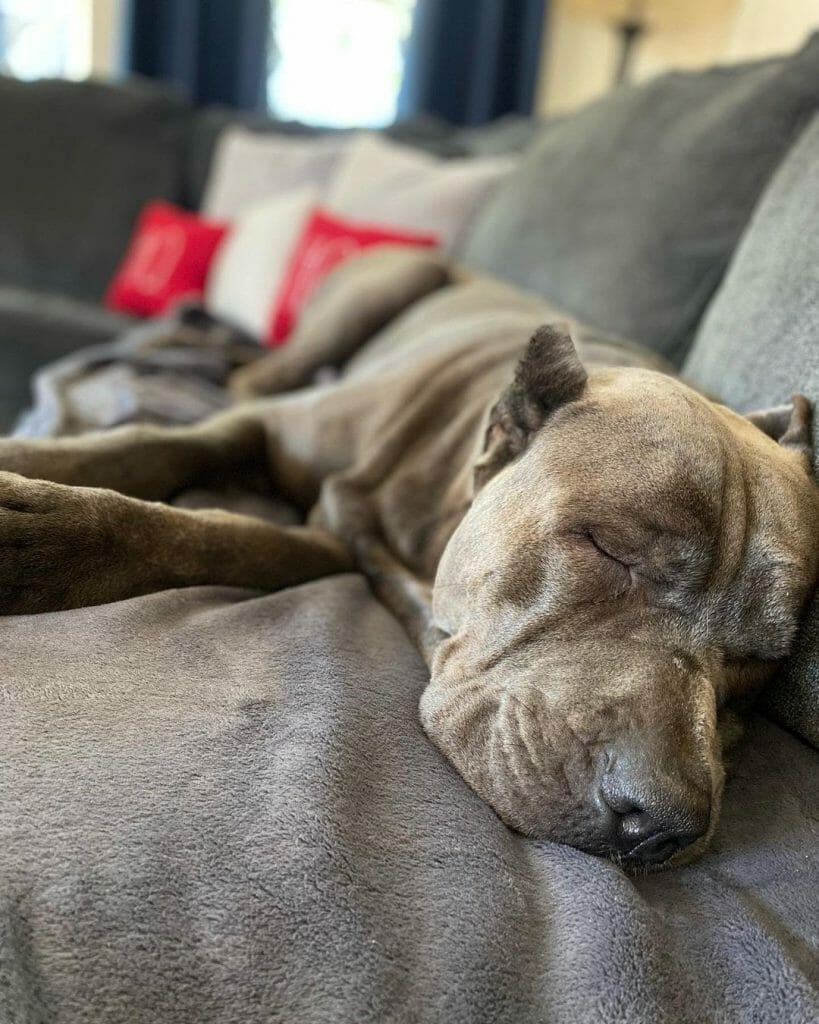

Despite the deeply rooted history of the Cane Corso as a canine that used to take part in wars and bloody activities, people have successfully bred him into a domestic pet. The Cane Corso is undeniably loving of his owners and he always tries to please them. No doubt, the moment he is bonded with his family, devotion, and loyalty will be exhibited from him. That is when his protective and territorial nature comes in.
He highly values the safety of his loved ones and this means, he will not just let anyone go near any of his family members. Although he shows a soft personality around his masters, the same cannot be seen when he meets other dogs or people. Let him grow up with your kids so they will eventually form an unbreakable bond. You can definitely trust the dog around your children as long as he’s been raised well.
There are several ways this dog can show his undying love for his family. Aside from the common body language exhibited by a dog such as a wagging tail or an excited reaction as you approach the door, you might also see him relaxing and kind of babysitting your kids.
Friendliness


Truthfully, the Cane Corso is not the friendliest dog breed there is. He’s only genial around people he is familiar with including pets he’s been socialized with. Anyone he finds unfamiliar is advised not to approach this overly protective dog. Still, in a way, the Cane Corso remains amiable. He is so friendly that if he’s up for it, he would not hesitate to play with your children or spend time with his family.
If you want him to get along with other people and animals, the key to that would be intensive socialization. Try to mellow his guarding and territorial nature by teaching him that not everyone around him should be perceived as a threat. A proper introduction should guests come over is essential. But, if you notice your Cane Corso exhibiting worrying body language, it is best to put a distance between him and others.
It will take a lot of familiarization before he eventually warms up with a person. Also, the personality of the owner will help him become less aggressive if and only if he is disciplined correctly.
Activity Level
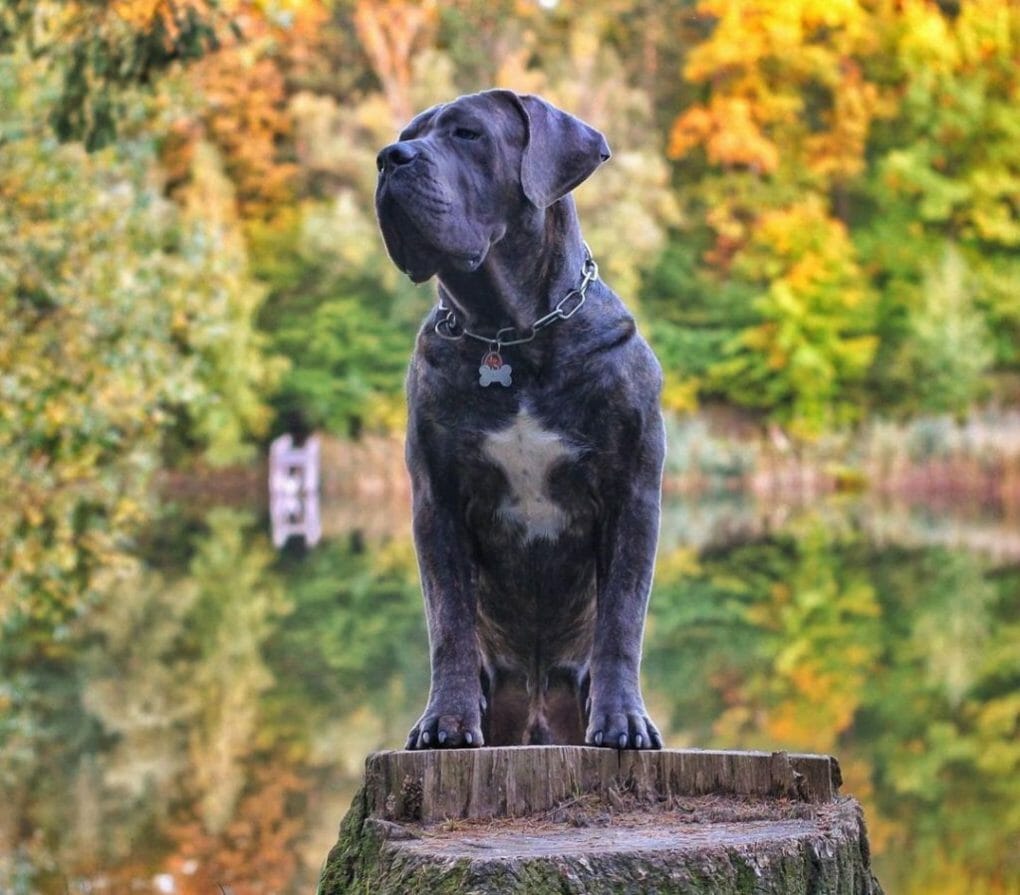

As a working dog, the Cane Corso requires consistent activities that would help keep him in shape. Never go for him if you only intend him to stay indoors and guard your home day and night. He also needs to be physically stimulated since this is highly important for him! Due to him being a large dog, his levels of energy are moderate. That means you have to be careful not to over-exhaust this dog.
Be mindful of the weather as well. He does better in climates that are never too extreme. If such is the case in your area, he can do fine being an outdoor dog just as long as all his basic needs are met. That includes a shelter, food and water, and an area where he can romp around.
Should you want him to enjoy toys, choose the ones that are durable and are not a choking hazard. V-Hanver offers a lot of chewable toys for aggressive chewers. Also, by keeping him preoccupied, you are ensuring that your buddy does not develop bad behaviors.
Care
It is definitely a must for potential owners to realize the difference between taking care of a small, medium, or large dog. Knowing how big the Cane Corso is, you also have to be physically and financially ready to meet his basic requirements. Despite his proportions, it is not overwhelming to take care of him at all. Ensuring that he receives the right care can be a task all of the family members can partake in.
Grooming
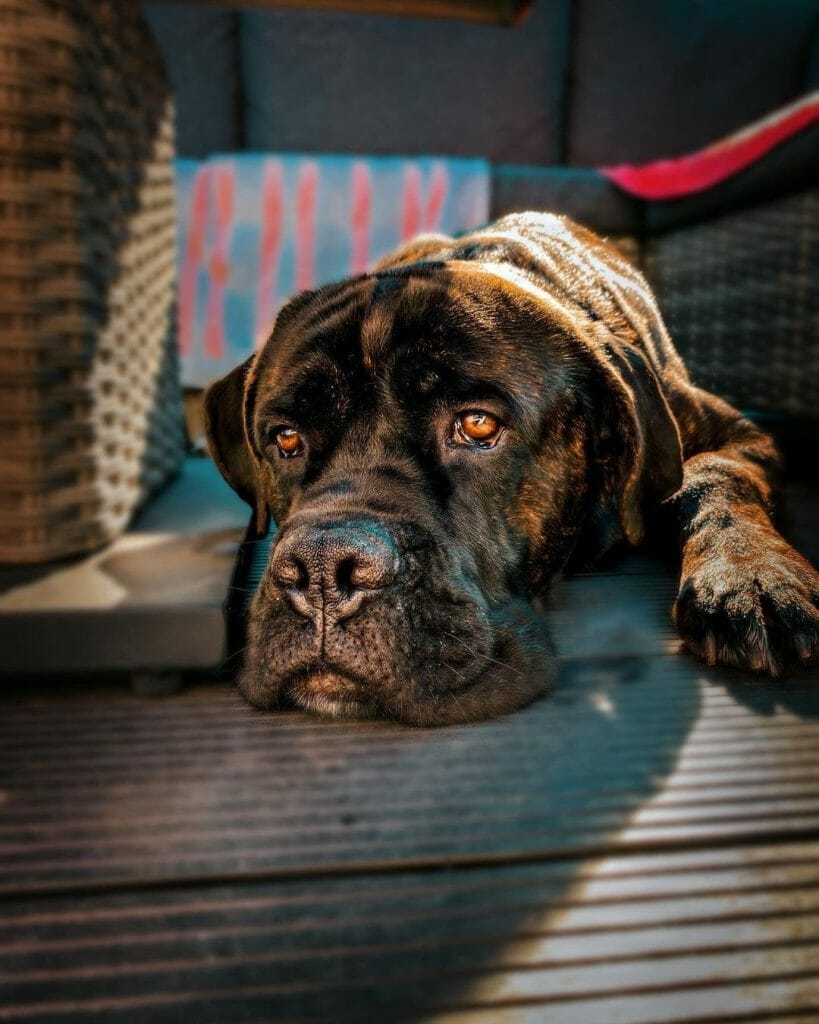

The short and stiff coat of the Cane Corso sheds heavily twice a year, during the spring and fall seasons, so always ready the vacuum cleaner! However, aside from the mentioned seasons, the Cane Corso is typically a light shedder! That means that he only needs minimal grooming. If you ever brush him, you don’t have to do it several times a week. Still, it is important that you invest in high-quality brushes which Hertzko continuously offers to pet lovers worldwide!
If you are planning to get your buddy used to baths and washes, starting this habit at an early age will save you from all the burdens! If he gradually realizes that being washed is always incorporated into his routine, he will show no resistance when there is a need for him to be cleaned. To sweeten up the deal, use treats and praises to encourage him to give in to the running water in your tub.
Other required grooming necessities also include keeping his ears clean from debris and wax build-up. If these substances stay for too long, they can cause painful ear infections for the dog. Make sure his teeth are brushed regularly as well to remove tartar and plaque. Do this thrice a week at a minimum using canine-appropriate toothpaste.
Food and Diet
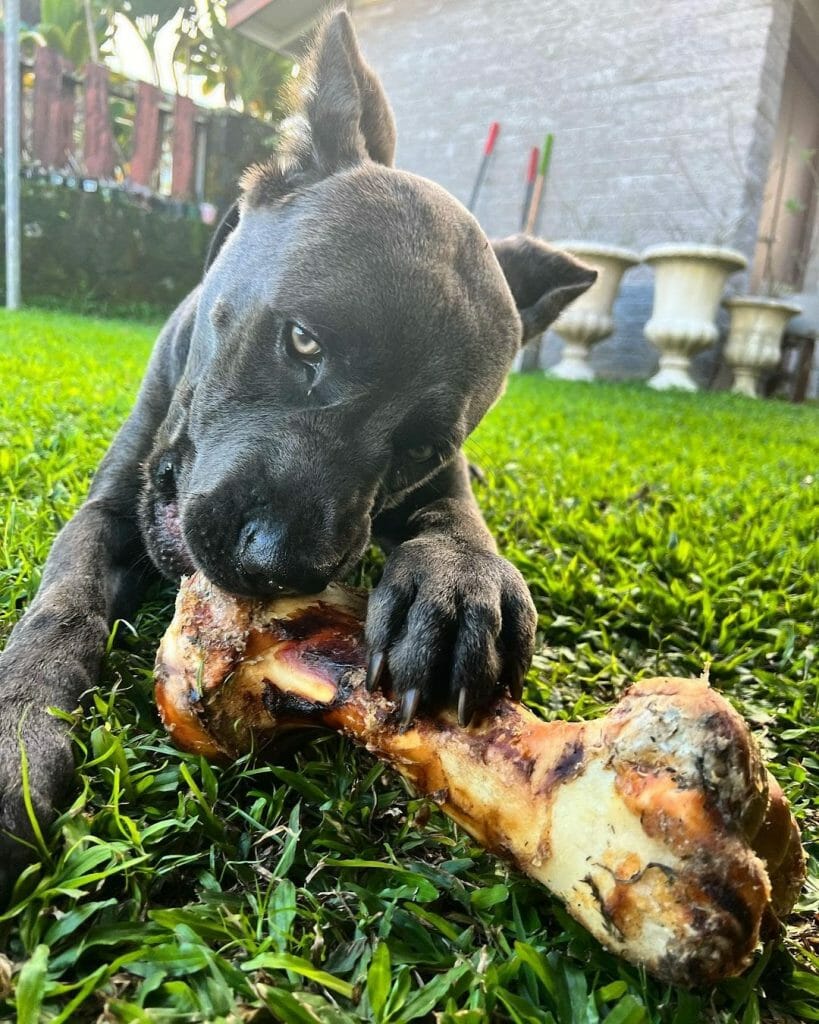

The amount of food you should feed your Cane Corso depends on his activity level, metabolism rate, size, age, gender, and health status. Having him assessed by a vet will guarantee that he gets the right amount of nutrients from his diet. To give you an idea of what the recommended servings a Cane Corso needs for his meal, a high-quality dry dog food would equate to at least 4 to 5 cups daily.
Always be meticulous about how much you give to your dog to prevent him from gaining too much weight. Use measuring cups if you have to instead of trusting your gut. The number of cups suggested by the vet to be given to this dog must be divided into two meals and must be served every 12 hours. Observe how he grows as well as how he develops. A healthy Cane Corso should neither be too thin nor too chunky.
Puppies would frequently eat more than adults. Some of them would need to consume at least 3 to 4 meals a day. Regardless of age, water should be available at all times unless the Corso is still a puppy. Take away the bowl of water at night to keep him from soiling.
Exercise
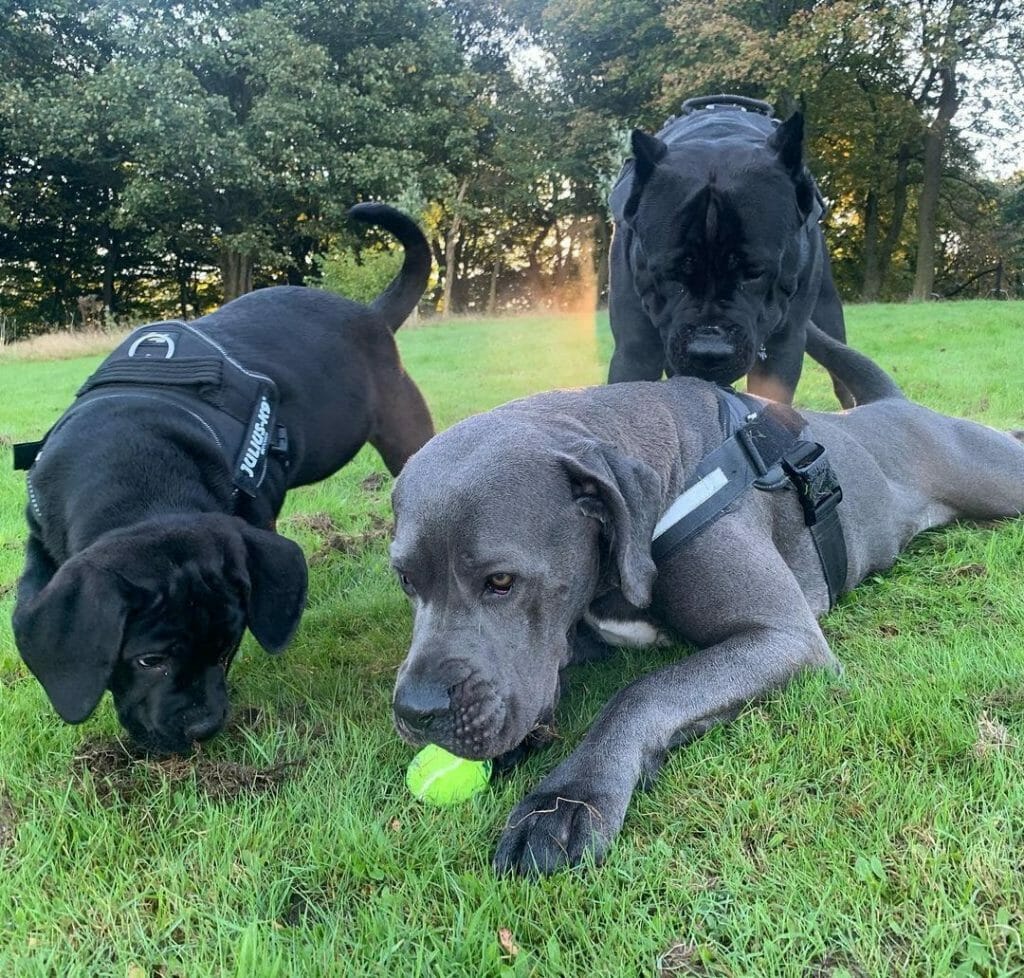

The minimum exercise requirement of the Cane Corso is 2 hours of rigorous activity and training. Yes, you can incorporate both! Aside from the usual games of fetch or the daily walk around the neighborhood, you can also let your dog experience how to enjoy the pool by swimming or by playing games such as tug-of-war. Since this is an intelligent canine, he can also take part in hide and seek games or plays wearing he has to find the treat.
If you love to jog, make sure to have him on a leash and bring him outside to accompany you. This is only possible if the Corso has been trained properly not to react to people who pass by him. If you have a backyard at home that is secured, allow him to play off-lead as well. Getting him to enjoy the environment on his own will keep him happy and satisfied.
Ideally, this Italian Mastiff is never lazy. He loves the idea of bursting energy, but if he exhibits a “couch potato” behavior, then something might be wrong.
Training
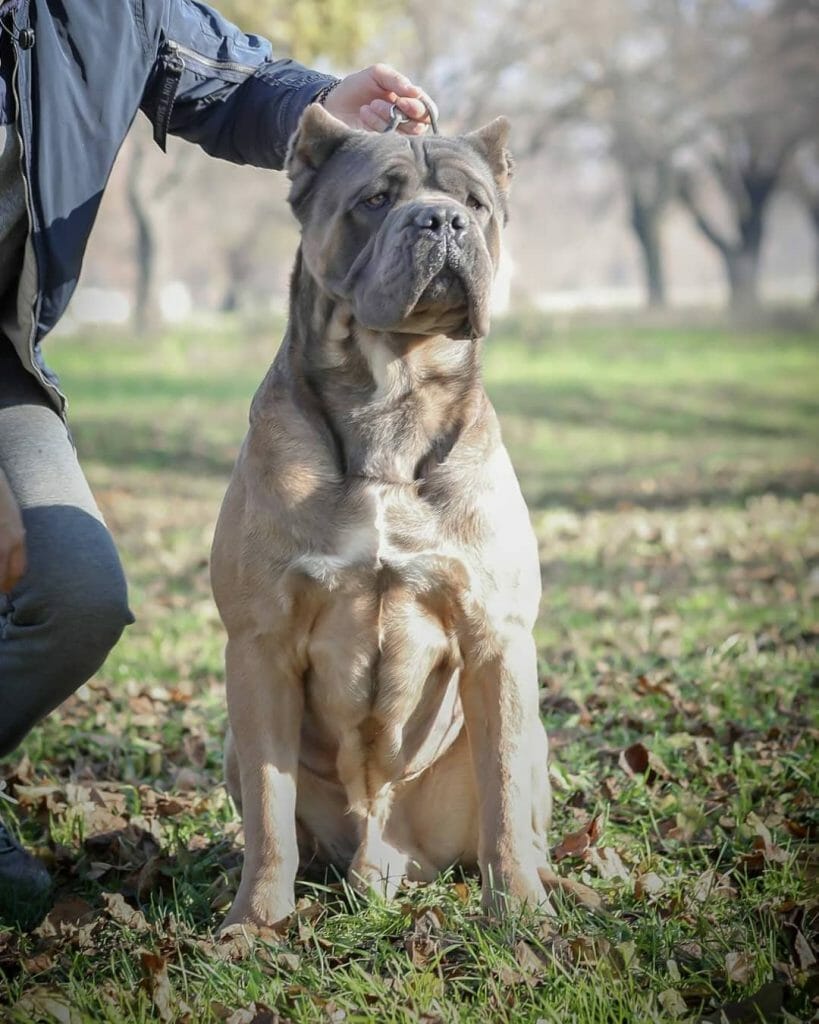

Subjecting young Cane Corsos to mild training will pave the way for him to be more open to receiving a more complex set of challenges once he reaches adulthood. A puppy of about 3 to 12 weeks old is capable enough of learning new things. If you can, go for the ones which are trained during their time of stay in the breeder’s facilities and keep reinforcing what they learn at home and add in more important puppyhood lessons.
A Cane Corso should be able to understand basic verbal commands such as “sit”, “stay”, and “no”. Whenever you utter any of those words, he must obey without shilly-shallying. If he follows your commands, then he is manageable.
Slowly teach him what the crate is for too! Some Corsos feel anxious if their owners are away for a long time. If they always miss their loved ones, they can gradually develop undesirable behaviors. However, associating his crate with comfort and safety, the development of such unhealthy emotional conditions will be minimized.
Health Problems
There is always a chance for any dog, not just the Cane Corso, to develop certain kinds of diseases. However, whatever the Italian breed is prone to does not mean that he will eventually have all of them later in life. There are a few he might inherit or have eventually, but by taking care of him properly, some can be entirely avoidable.
Still, owners should be aware of what these are and always secure a budget for emergency cases.
- Cherry eye
- Entropion
- Ectropion
- Gastric torsion
- Bone and joint problems
- Demodectic mange
Pros and Cons of Having a Cane Corso
Pros
- Easy to groom
- Excellent watchdog and guard dog
- Devoted and loyal
- Calm and quiet
- Active and energetic
- Very faithful
- Sociable
Cons
- His size can injure a small child
- He has a short lifespan of 9 to 12 years
- Requires a strong leader
- They can be strong-willed
- Expect his excessive and uncontrollable drooling
- Not suitable for an apartment-style living
- Doesn’t do well with too busy owners
Do Kennel Clubs Recognize the Cane Corso?
Yes! Thankfully, the effort of Dr. Paolo Breber to create a breeding program for the Cane Corso became fruitful. He obtained some Cane Corsos and with dedication, mated them to multiply in amazing numbers.
It was in 1996 when the Federation Cynologique Internationale focused its gaze on the Italian Mastiff and officially recognized this as a breed. After a quick while, a few more dogs of this type were brought over to the United States. In 1993, the International Cane Corso (ICCF) was successfully formed and worked on ensuring that the dog gets recognized by the American Kennel Club (AKC). The ICCF then changed its name to Cane Corso Association of America and helped the breed get acknowledged by the AKC which happened recently in the year 2010.
Cost
It is believed that having a Cane Corso declares your social status as being rich enough to afford one. On average, he can cost about $900 to $3,000 with a median price of at least $1,400.
Depending on his bloodline or talent, he can be priced higher than that. A top-quality Cane Corso can be easily sold at around $2,500 to $8,500! If the prices are too much, you can still own this precious Italian breed. Adoption is always recommended as they can be as loving and fun as those puppies from the breeder. They will only cost $350 to $550 and that includes registration and vaccination costs in some areas.
Where to Adopt or Buy a Cane Corso Puppy
Are you excited to get your very own Cane Corso puppy? Admittingly, there are loads of places that offer this wonderful breed, but only a few of them can be trusted. So, here’s a list you can check, but don’t forget to always research first and be cautious before closing a deal with a breeder.
BUY
ADOPT
